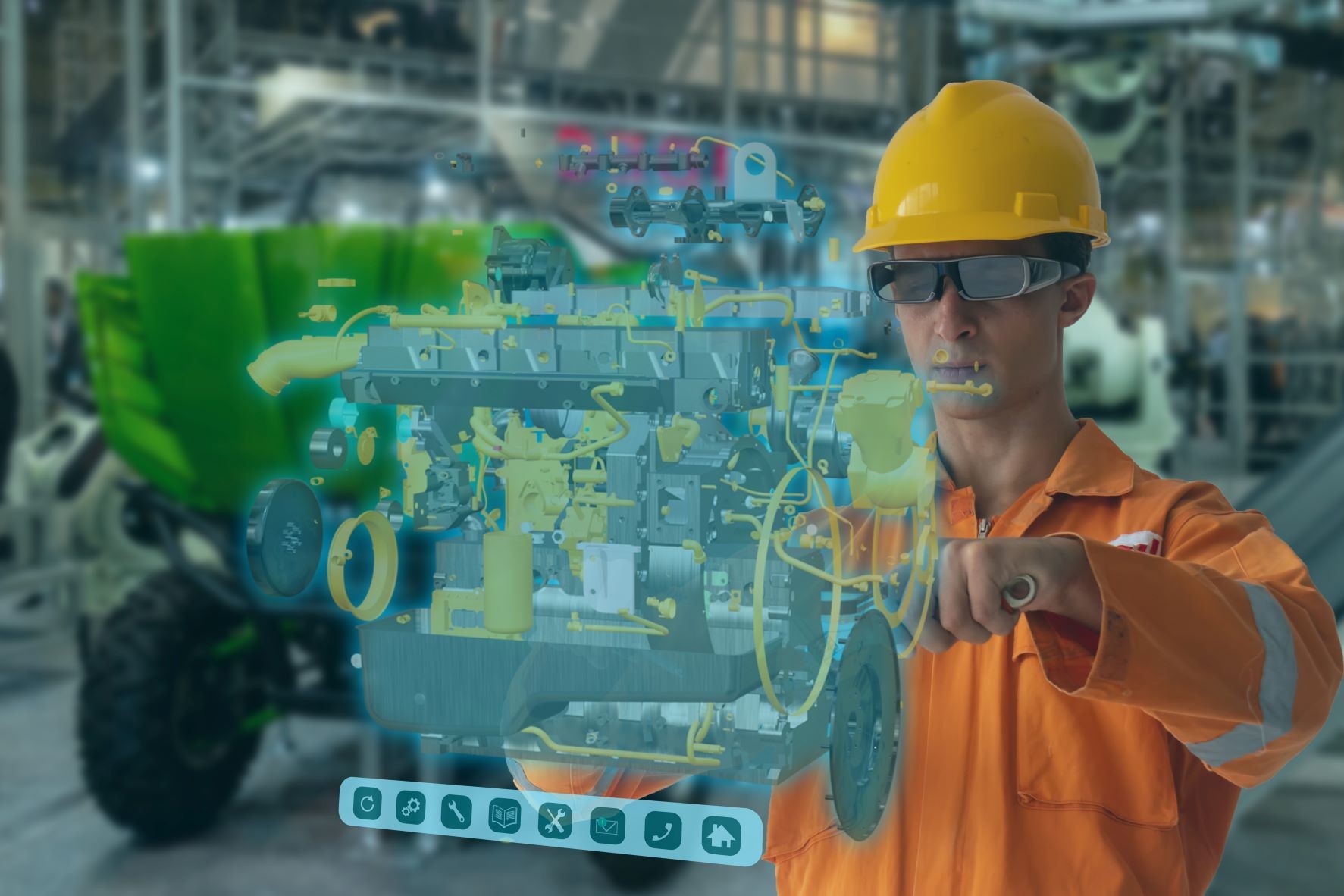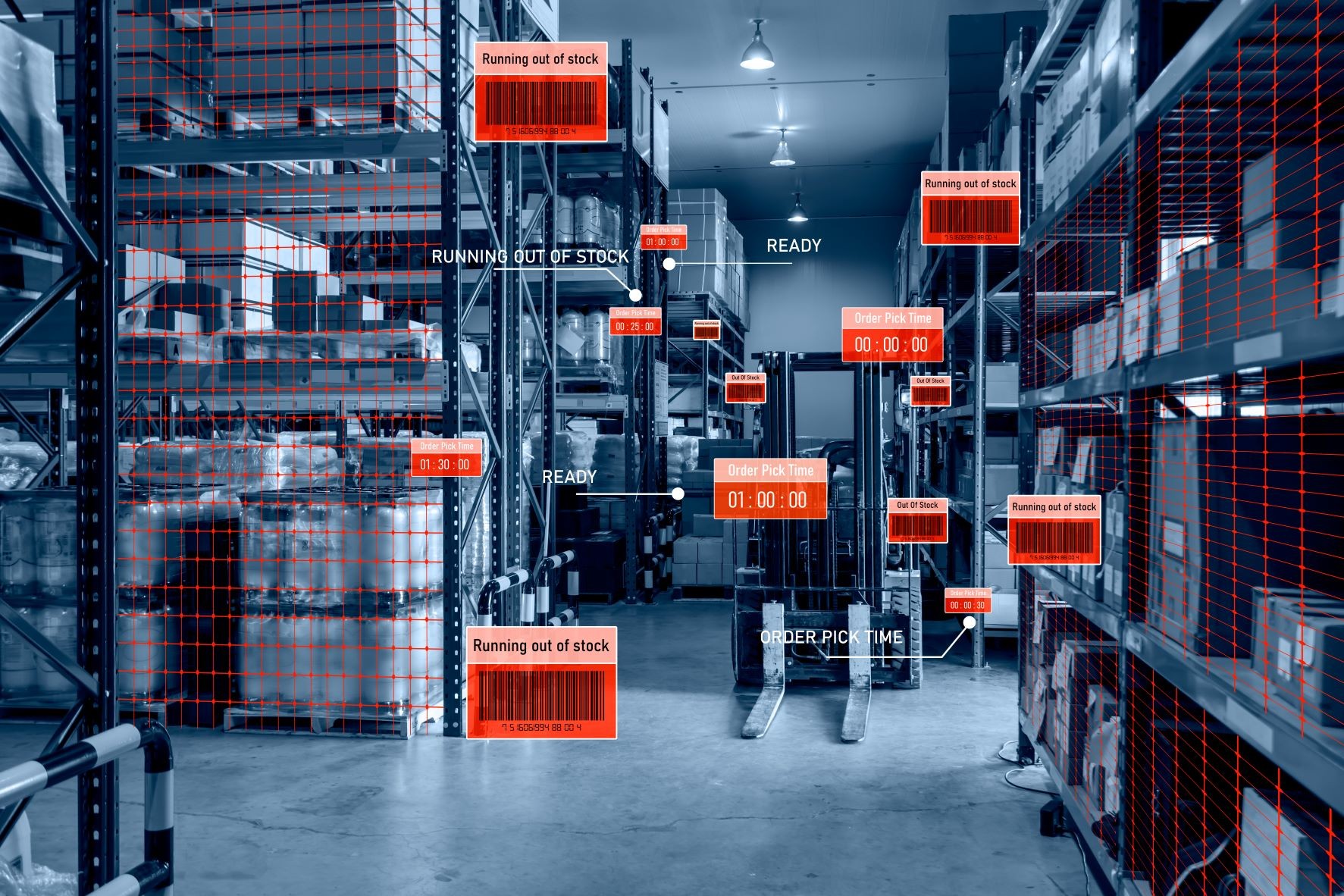How was this content?
What Amazon CTO Werner Vogels’ predictions for 2023 mean for startups
Last year, we published our first ever startup-specific take on Amazon CTO Werner Vogel’s yearly predictions for technology. As Amazon’s CTO, Werner has a wide view across industries and countries, seeing both what’s being invented by hot startups, as well as seeing what’s happening in the world’s largest enterprises. Based on this, he publishes predictions for the year ahead and beyond.
For 2023, Werner’s 5 predictions cover topics both specific to certain industries and technologies, but also those that impact the lives of many around the world. These predictions highlight:
- How human actions and behaviors can be influenced by artificial intelligence (AI) and analytics
- Simulated research in virtual worlds is impacting the real world
- Energy innovation is helping us tackle growing energy demand
- Supply chains are being reinvented
- Custom silicon and hardware in the cloud enables these predictions to come to life, and more
Join me again in diving into these predictions, and see how I think they’ll help startups prove what’s possible in 2023 and beyond.
1. Cloud technologies will redefine sports as we know them
Werner’s first prediction discusses how technology is gaining yards (pun intended) in sports. Since the early 2000s, statistics and data models have shifted how teams are built and how athletes play.
Technology like wearables and AI models can assess athletes’ performance and and track a team’s plays across an entire field. With the data they derive, coaches can determine how and when certain plays perform best, or fans can see real-time stats while watching a game.
For startups, I think this highlights how machine learning, AI, Internet of Things (IoT) devices, and analytics can help humans improve almost any task. Being able to track the actions and behaviors of top performers and finding room for minor improvements can add up to big business benefits, which would be just as valuable as an AI model that shows what plays have better chances of success.
I also see a strong overlap with Werner’s next prediction of how simulated worlds can impact the real one–how could we could simulate data of real human performance to suggest improvements?

2. Simulated worlds will reinvent the way we experiment
We often think of virtual worlds and virtual reality (VR) as a way to escape the real world. Putting on a VR headset and playing an immersive game can be a fun and exciting new way to experience virtual worlds. But there can be another very real and valuable aspect to these virtual worlds: virtual simulations.
Today, virtual simulations are used to improve race cars, predict weather, model the stock market, and more. As Werner writes in this second prediction, this is just the start of what’s possible as new technologies make simulations almost as valuable as testing in the real physical world. By combining real-world data, models built against that data, and then simulation technologies such as AWS SimSpace Weaver, companies are able to build realistic test scenarios that would closely match what costly and complex physical testing could result in.
For startups, the opportunity to build and invent in this space is virtually unlimited. Already, brands use augmented reality (AR) tools to show what a piece of furniture might look like in your home. But what if you could predict how light and sound might carry in a room around it? Or, how might the layout of a store impact product discovery and sales? What if landscaping design’s impact on irrigation and water flow could lead to more fruitful gardens and plantings? What if a middle schooler could model the impacts of a derby car design to win their school’s Soap Box Derby? In a virtual world, the constraints of physics and natural elements can be modeled and tested to drive impact.

3. A surge of innovation in smart energy
With energy demand at historic highs in many places around the world, the need for better and smarter energy systems is clear. Werner’s third prediction is that of rapid development in this space.
Growth of renewable-powered energy sources and batteries power everything from trucks to homes. These present opportunities for startups looking to innovate at every stage in the generation, transport, and consumption of energy. Other possibilities include finding ways to better manage the overall power consumption of in-home appliances, both in alignment with peak demand cycles, but also by reducing functionality to optimize power usage.
The opportunity for startups to power innovation in this space and bring to bear the benefits of machine learning, AI, and IoT, are significant. What if personal habits could be tweaked in ways to enable better energy consumption or if devices could tell you when they need to be charged? What if a small business could benefit from smarter in-store appliances and devices that knew when the shop closed and when it would open for business? And what if the modeling of battery capacity and power could be used to shape the capabilities of devices such that they need less charging than a competitor’s?
In the space of energy innovation, these examples show that there are many opportunities for startups to charge ahead.
4. The upcoming supply chain transformation
The global COVID-19 pandemic that started in 2020 got us all thinking how some of our goods are manufactured, shipped, and purchased across the globe. Werner’s fourth prediction speaks to how the modernization across several fronts in supply chains will bring an improvement to day-to-day life. From route optimization for cruise ships, to the advances in autonomous trucking, to how robots can help better organize and select products off shelves, the possibilities for innovation will be huge.
For startups, the opportunities in supply chain automation and invention seem like an open road. From large to small stores, to local or transcontinental shipping, startups can make an impact through IoT sensors, machine learning, AI, or data analytics.
And startups don’t need to just focus on boats, trains, trucks, and planes. The innovation possible in last-mile supply chain capabilities remains a very active area. With many companies investing in how to-door delivery is done, to businesses who need flexible B2B options for on-demand delivery capacity, this remains an unsolved facet of the supply chain, per Werner’s prediction.

5. Custom silicon goes mainstream
As Werner’s fifth prediction highlights, the days of the generic processor being “good enough” for most workloads are over. Custom silicon and specialized hardware, whether they’re in the cloud processing machine learning data, or at the edge in a device processing signal data in near real-time, is now the norm. Improvements in low-powered CPUs that can handle most generalized workloads are also helping customers save money and shrink instance fleet sizes.
For example, AWS’s Graviton3-based instances use less energy for the same performance as comparable Amazon Elastic Compute Cloud (Amazon EC2) instances with non-Graviton CPUs. Similarly, the purpose-built nature of processors designed for AWS Tranium and AWS Inferentia instances improve the cost-to-train and inference performance for machine learning workloads.
For startups, few will ever need to design their own silicon or build custom hardware, but they will reap the benefits provided by using these tools. By aligning the best compute resources for generic workloads, such as databases, web applications, or media transcoding, startups will find the “goldilocks” of right-sizing: not too big, not too small, but just right for their workloads at any point, with the appropriate cost and performance required.
Faster and lower cost machine learning offered by cloud technology will allow startups to experiment more often, fine tune their models even better, and find ways to reduce their costs while doing so.
Conclusion
As these technology predictions highlight, we continue to see broad advancements in AI, machine learning, virtual environments, and hardware mixing to enable exciting new business ideas.
Technology also continues to enable a more equitable world. Smaller and lower powered personal devices that enable connectivity and communication to the internet are in the hands of billions.
More than ever before, startups have access to the tools needed to build the next great thing. We look forward to seeing what you build in 2023!

Chris Munns
Chris Munns is the Tech Lead & Advisor for the Startup Solution Architecture organization at Amazon Web Services. Chris works with peers at AWS on how to better support AWS’s startup customers and directly engages with helping hot startups overcome complex technical challenges. At AWS for over 10 years, Chris has previously led Developer Advocacy for AWS Serverless technologies, was the global Business Development Manager for DevOps technologies, and was a Solutions Architect in the early days of the AWS field. Before AWS, Chris held senior operations engineering posts at Etsy, Meetup, and other NYC based startups. Chris has a Bachelor of Science in Applied Networking and System Administration from the Rochester Institute of Technology.
How was this content?